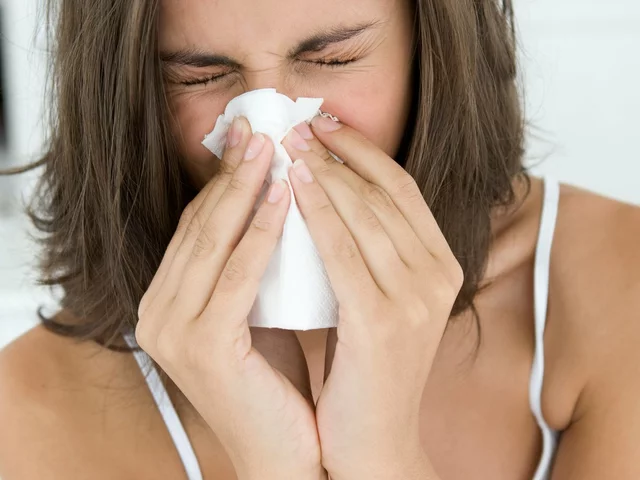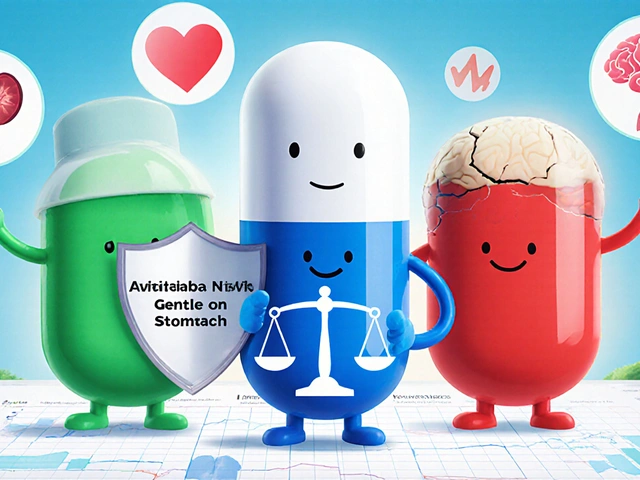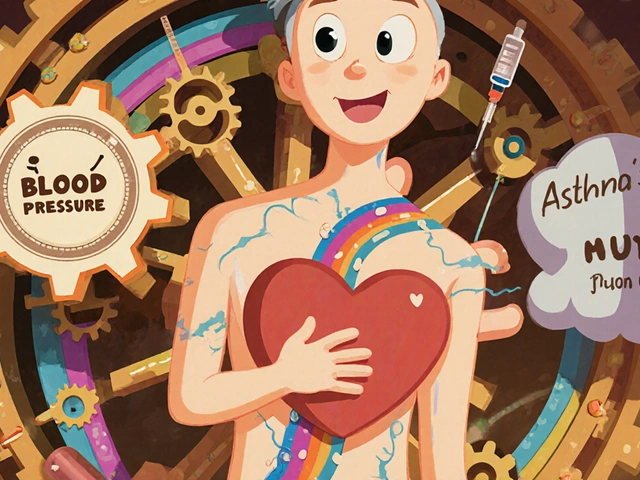Pathogenic Bacteria: What They Are and Why They Matter
Pathogenic bacteria are germs that cause disease in people. Some live briefly on surfaces, others invade tissues and make you sick. You’ve probably heard of a few by name—Staphylococcus, Streptococcus, E. coli, Salmonella—each causes different problems and spreads in different ways. Knowing the basics helps you avoid infections and respond faster when someone gets sick.
Common types and what they do
Staphylococcus aureus often causes skin infections, boils, and sometimes blood infections. Streptococcus pneumoniae is a big cause of pneumonia and ear infections. E. coli and Salmonella usually cause food poisoning and stomach cramps. Listeria can harm pregnant people and newborns. Mycobacterium tuberculosis causes TB, which spreads through the air. Pseudomonas and Klebsiella are common in hospitals and can be tough to treat. Each bacterium has a typical pattern—knowing it helps you spot trouble early.
How infections spread — simple ways to avoid them
Most bacterial infections spread one of four ways: direct contact, contaminated food or water, respiratory droplets, or contaminated surfaces. Cuts and wounds give bacteria a doorway in. Hospitals can be hotspots because sick people and medical devices concentrate germs. Want to cut risk? Wash hands often with soap for 20 seconds, cook food to safe temperatures, refrigerate leftovers promptly, and clean high-touch surfaces like doorknobs and phones.
Vaccines prevent some bacterial diseases. For example, vaccines protect against pneumococcal disease and diphtheria. If you or a family member are due for shots, talk to your healthcare provider. In settings like nursing homes or hospitals, follow visitor and hygiene rules—masks, if recommended, and staying home when sick help.
Antibiotics treat bacterial infections but only when needed. Using antibiotics when a doctor says so helps them work when you really need them. Don’t pressure clinicians for antibiotics for viral illnesses like colds or most sore throats. Stopping a prescribed course early or using leftovers encourages resistance—bacteria change and drugs stop working.
Testing matters. If you have a high fever, worsening symptoms, a sore that won’t heal, or signs of spreading infection (red streaks, swelling, shortness of breath), see a clinician. They may order a culture, urine test, or blood work to identify the bacteria and pick the right antibiotic. Quick, targeted treatment lowers complications.
Practical rules to follow right now: wash hands regularly, cook and store food safely, keep wounds clean and covered, finish prescribed antibiotics, get recommended vaccines, and seek care for persistent or severe symptoms. Small habits stop a lot of infections before they start.
Want a quick checklist or help deciding when to see a doctor? Our site has guides on specific bacteria, symptom checkers, and safe medication tips to help you make smart choices. Stay practical, stay safe, and don’t underestimate simple hygiene—it's the best first defense against pathogenic bacteria.

Pathogenic Bacteria: How They Invade the Human Body and Cause Infections
Find out how pathogenic bacteria bypass your body's defenses, stick to tissues, and trigger infections. Explore the hidden journey bacteria take to cause disease.
Categories
- Medications (50)
- Health and Medicine (46)
- Health and Wellness (34)
- Online Pharmacy Guides (15)
- Nutrition and Supplements (7)
- Parenting and Family (3)
- Environment and Conservation (2)
- healthcare (2)
- prescription savings (1)



